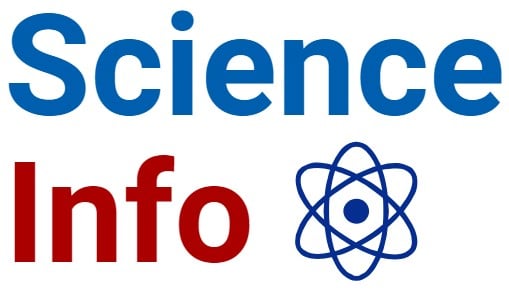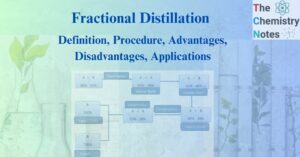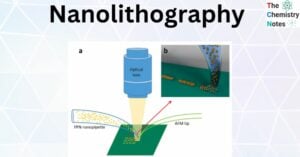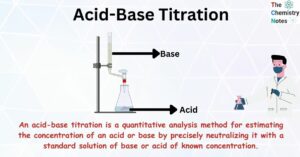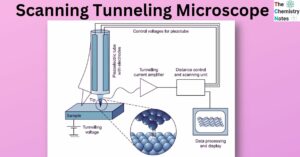α-ray Scattering Experiment and Rutherford Atomic Model
In 1911, Rutherford and his assistants, H. Geiger, and E. Marsden, conducted the Alpha Particle scattering experiment, which resulted in the formation of the ‘nuclear model of an atom.’ α-ray Scattering … Read more
